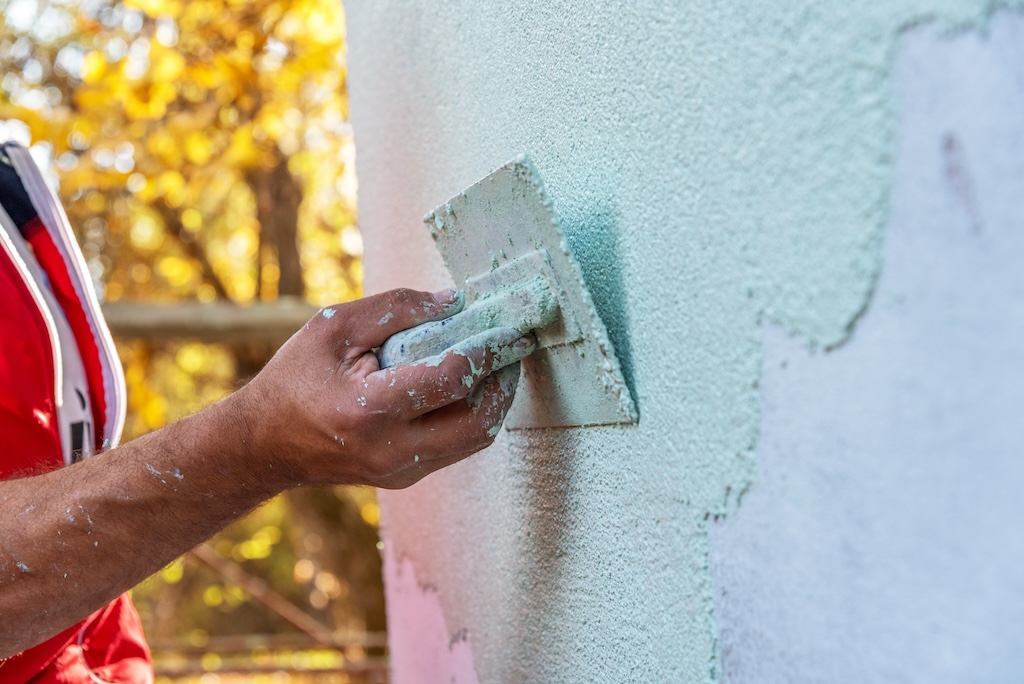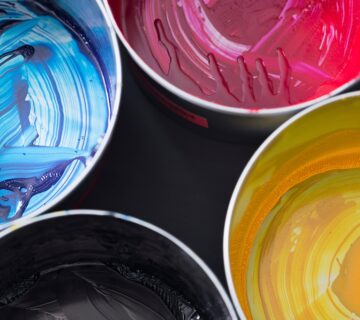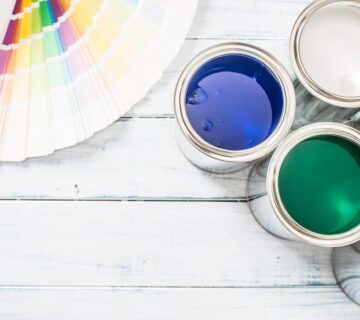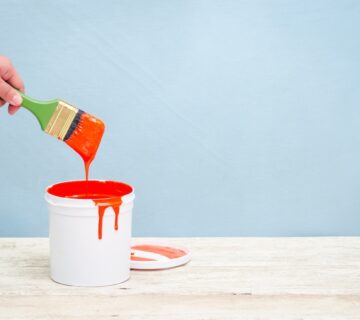Painting the exterior of a house can dramatically improve its appearance and increase its value. However, the success of an exterior painting project greatly depends on understanding the unique challenges posed by different types of exterior materials. Different surfaces require different preparation techniques, paint types, and application methods. This blog will explore the common challenges associated with painting various exterior materials and how to address them for a lasting and appealing finish. Let’s delve into the intricacies of exterior painting!
Painting Wood Siding
Wood is a popular choice for exterior siding due to its natural beauty and versatility. However, wood is also susceptible to moisture, which can lead to rot, mold, and warping. Before painting, it’s crucial to ensure that any damaged or rotten wood is repaired or replaced. The surface should be thoroughly cleaned, sanded, and primed to ensure the best paint adhesion. When choosing paint for wood siding, high-quality acrylic latex paint is often recommended for its flexibility and ability to withstand temperature changes. Additionally, consider applying a wood preservative before painting to protect against future moisture damage.
Challenges with Stucco
Stucco provides a unique texture and aesthetic but comes with its own set of challenges. The key issue with stucco is its porous nature, which can absorb moisture and lead to paint peeling. To paint stucco effectively, it’s essential to repair any cracks and apply a sealant to prevent moisture penetration. Elastomeric paint is often the best choice for stucco, as it creates a durable, waterproof barrier that can bridge hairline cracks and withstand the elements. Consider adding a mildewcide additive to the paint to inhibit the growth of mold and mildew on stucco surfaces, especially in humid climates.
Painting Brick and Masonry
Brick and masonry are durable materials that offer a distinct look to a home’s exterior. However, painting these surfaces requires careful consideration. Brick and masonry are highly porous and can retain moisture, so it’s important to use a breathable paint that allows moisture to escape. Masonry should be cleaned, and any efflorescence (a white, powdery residue) should be removed before painting. A primer specifically designed for masonry is also essential for ensuring paint adherence and longevity. Additionally, consider using a masonry sealer after painting to provide an extra layer of protection against moisture and UV damage.
Dealing with Vinyl Siding
Vinyl siding is known for being low maintenance and weather-resistant. However, painting vinyl siding can be tricky as it expands and contracts with temperature changes. The key challenge is to use a paint that is compatible with vinyl and can flex without cracking. Additionally, the color choice is crucial as dark colors can absorb more heat and cause the vinyl to warp. It’s advisable to choose a paint color that’s lighter than the original siding color. Before painting, thoroughly clean the vinyl siding to remove dirt, mildew, and chalky residue. Use a mild detergent and water, and rinse thoroughly with clean water.
Painting Metal Surfaces
Metal surfaces, such as gutters, downspouts, and metal siding, require special attention. Rust and corrosion are the primary concerns with metal. To paint metal surfaces, any rust should be removed, and the surface should be cleaned and primed with a rust-inhibiting primer. Using a paint specifically formulated for metal can help prevent rust and ensure a durable finish. Consider applying two coats of paint for added protection and longevity. Additionally, regular maintenance, such as inspecting for rust and repainting as needed, can help extend the lifespan of metal surfaces.
Final Thoughts
Each exterior material presents its own set of challenges when it comes to painting. Understanding these unique requirements and preparing accordingly is crucial for a successful painting project. By selecting the appropriate paints and primers, repairing and preparing surfaces properly, and applying the correct techniques, you can enhance the durability and beauty of your home’s exterior. With careful planning and attention to detail, you can achieve a professional-quality finish that will withstand the elements and stand the test of time. For more insights on painting different exterior materials, visit our website at sisupainting.com and explore our blog at sisupainting.com/blog.





No comment